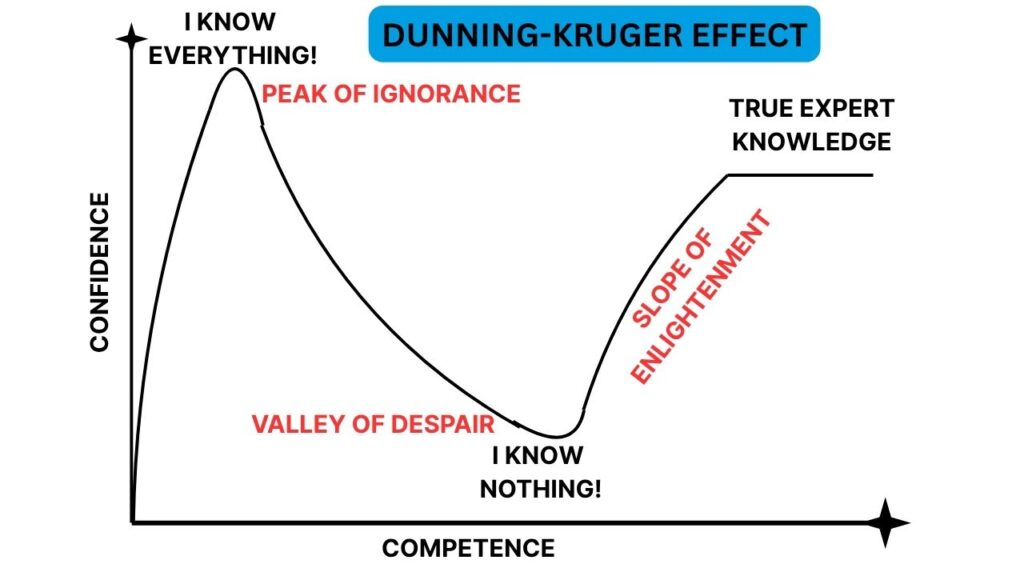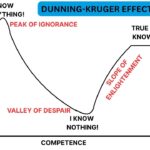Correlation vs. Causation: Key Differences with Examples

You may have heard the statement: “People who drink coffee tend to live longer.” While that sounds great for coffee lovers, does it mean that coffee causes a longer life? Not necessarily. This is where the classic debate of correlation vs causation comes in.
People often mistakenly assume that if two things happen together, one must be causing the other. However, the difference between causality and correlation is crucial—not only in research and statistics but also in everyday decision-making. Let’s break it down in a way that makes sense!
What is the Difference Between Correlation and Causation?
In simple terms,
- Correlation means two things are related in some way—they change together.
- Causation means one factor directly influences another.
A correlation can be positive (both factors increase or decrease together) or negative (one factor increases while the other decreases). However, this does not necessarily mean that one factor is causing the other.
For instance, ice cream sales and drowning incidents both increase during summer. Does that mean eating ice cream causes drowning? Of course not! They are both influenced by a third factor—hot weather.
Definition and Examples of Correlation and Causation
Let’s try to understand these concepts from a scientific perspective. Although correlation and causation are related, recognizing their differences will help you evaluate and interpret research findings more effectively.
- Correlation: A statistical relationship between two variables where they appear to move together.
Example: Studies have found a positive correlation between the number of hours athletes train per week and their performance in competitions. Does this mean that all athletes who train more achieve better results? Not necessarily. Other factors—such as natural talent, diet, coaching quality, and recovery strategies—also influence performance. Some athletes may train excessively without seeing the expected improvements, while others might excel with less training due to superior technique or genetics.
- Causation: A change in one variable directly influences a change in another.
Example: Research has consistently shown that strength training causes muscle growth in athletes. When athletes engage in resistance exercises, such as weightlifting, their muscles experience microscopic tears that trigger a repair process. This process, fueled by proper nutrition and rest, leads to increased muscle mass and strength.
Why is this a clear case of causation? Numerous controlled studies have confirmed that strength training directly leads to muscle hypertrophy, provided other conditions (e.g., diet and recovery) are satisfied. Unlike correlation, where two variables may move together due to external factors, here we know that strength training is the cause of muscle growth.Pro Tip: Be careful when you jump to conclusions! Causation always implies correlation, but correlation does not imply causation.
Why Correlation Does Not Always Imply Causality?
Here are three major reasons why correlation does not always imply causation:
1. Existence of a third variable (confounding factor)
Sometimes, a hidden third factor influences both variables.
Example: Children who wear bigger shoes tend to have better handwriting. However, this does not mean shoe size influences handwriting skills! The actual reason is that older children naturally have bigger feet and more developed motor skills, which improve handwriting.
2. Coincidence (Spurious correlation)
Sometimes, variables appear related purely by chance. In statistics, this is called a spurious correlation, where two variables seem connected but lack a direct or meaningful relationship.
Example: Imagine a correlation between shark attacks and popsicle sales. At first glance, the data might suggest that eating popsicles causes shark attacks! However, the real explanation is that both are more common during summer, simply because people are more likely to spend time at the beach.
Pro Tip: Spurious correlations often arise when analyzing large datasets. So be sure not to mistake correlation for causation in research.
3. Directionality problem (Reverse causation)
What if the cause and effect are mixed up? This is known as reverse causation. Ideally, causation can be demonstrated when there is a clear and unidirectional relationship between two variables, where one directly impacts the other. However, in correlational studies, variables can influence each other in multiple ways.
Example: The relationship between “happiness” and “success” could work in different directions:
- Happiness can lead to success.
- Success can result in happiness.
- Both happiness and success may affect each other.
This is why experimental designs are essential—they help test different possible directions and establish true causality.
Conclusion
Whether you’re reading scientific studies, news reports, or simply making everyday decisions, understanding correlation vs causation is crucial. Next time you come across a surprising statistic, ask yourself: “Is there real causation here, or is it just a correlation?” Thinking critically about data helps prevent misinformation and leads to more accurate conclusions in research.







